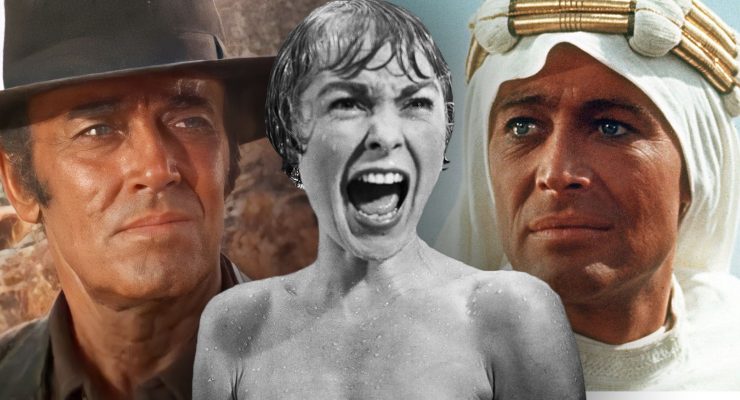Bombay Rose, 2019.
Directed by Gitanjali Rao.
Starring Cyli Khare, Amit Deondi, Amardeep Jha, Makrand Deshpande, Gargi Shitole and Virendra Saxena.
SYNOPSIS:
Interlocking stories of people living in Mumbai, encompassing romance, grief and the world of crime.
There has never been a better time to be a fan of animated cinema. The big guns of Pixar, DreamWorks and Illumination are firing on all cylinders, while Aardman and Laika are flying the flag for more old-fashioned animation styles and movies like Loving Vincent are pushing the medium with meticulous visual innovation. Bombay Rose is a proud addition to the latter category, crafted by 60 artists over a period of 18 months, digitally painting the story frame by frame. Unfortunately, the story itself can’t match up to that level of craft.
Multi-hyphenate Gitanjali Rao – who designed and edited the film, as well as writing and directing – has constructed a sprawling narrative focused around Mumbai. Flower seller Kamala (Cyli Khare), who also works as a dancer at an illegal nightclub, struggles to keep her family together while batting away the advances of criminal Mike (Makrand Deshpande). She begins to fall for the directionless Salim (Amit Deondi), while her younger sister (Gargi Shitole) learns English from fading screen star Mrs D’Souza (Amardeep Jha).
 Bombay Rose is an intriguing and beautiful animation, but one that suffers from a narrative so cumbersome and over-stuffed that it feels considerably longer than the 90 minutes or so it’s on screen. There are so many sub-plots jockeying for attention that none of them are able to hold the audience’s focus. Each narrative has its own sparks of life and energy, but Rao is so keen to get to her next scene that nothing is allowed to take root.
Bombay Rose is an intriguing and beautiful animation, but one that suffers from a narrative so cumbersome and over-stuffed that it feels considerably longer than the 90 minutes or so it’s on screen. There are so many sub-plots jockeying for attention that none of them are able to hold the audience’s focus. Each narrative has its own sparks of life and energy, but Rao is so keen to get to her next scene that nothing is allowed to take root.
The animation, however, is a consistent source of dynamism and flair. Rao opens the movie with a credits sequence in which brush strokes slowly build the city in beautiful fashion and there’s a scene later in which the world transforms, building by building, from the colourful present into the monochrome past. Indeed, the character of Mrs D’Souza – who gets the movie’s most interesting narrative thread – is frequently gifted flashes of the past as she reflects on her glory days, including in a terrific scene in which she sees her past self in the mirror while getting ready for a romantic evening.
Bombay Rose also deals extensively in dream sequences, with almost every character frequently escaping into fantasy as they imagine their ideal existence. Occasionally, fantasy intrudes into reality also, with the sinister Mike imagined as a predatory eagle who swoops down to Kamala at the most inopportune moments. Each of these stylistic tricks is enticing in the moment, but quickly loses its sheen through repetition. As much as the movie’s style is painterly and delightfully surreal, it’s not enough to grasp hold of the wisps of plot.
Perhaps, this is a film that works best as a calling card for Rao’s talents in animation. There’s no doubt that she’s an original and intriguing voice and Bombay Rose stands as a bold and fascinating piece of work. Unfortunately, that ambition has not in this case yielded a compelling narrative to match the finesse of the visuals. Many of the constituent parts are there, but they never quite cohere and so the result is something that’s unfocused and more than a little frustrating.
Flickering Myth Rating – Film: ★ ★ ★ / Movie: ★ ★
Tom Beasley is a freelance film journalist and wrestling fan. Follow him on Twitter via @TomJBeasley for movie opinions, wrestling stuff and puns.














